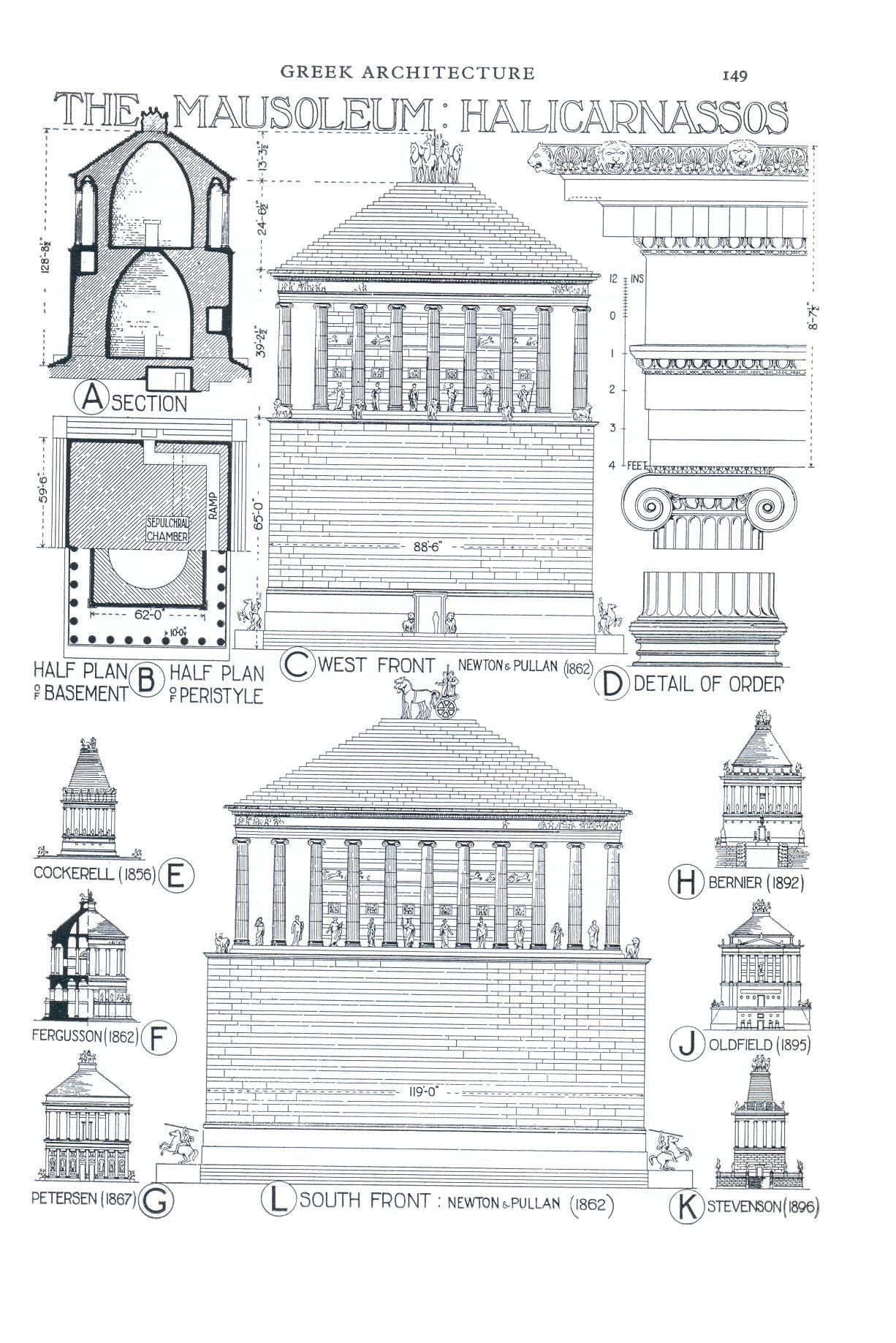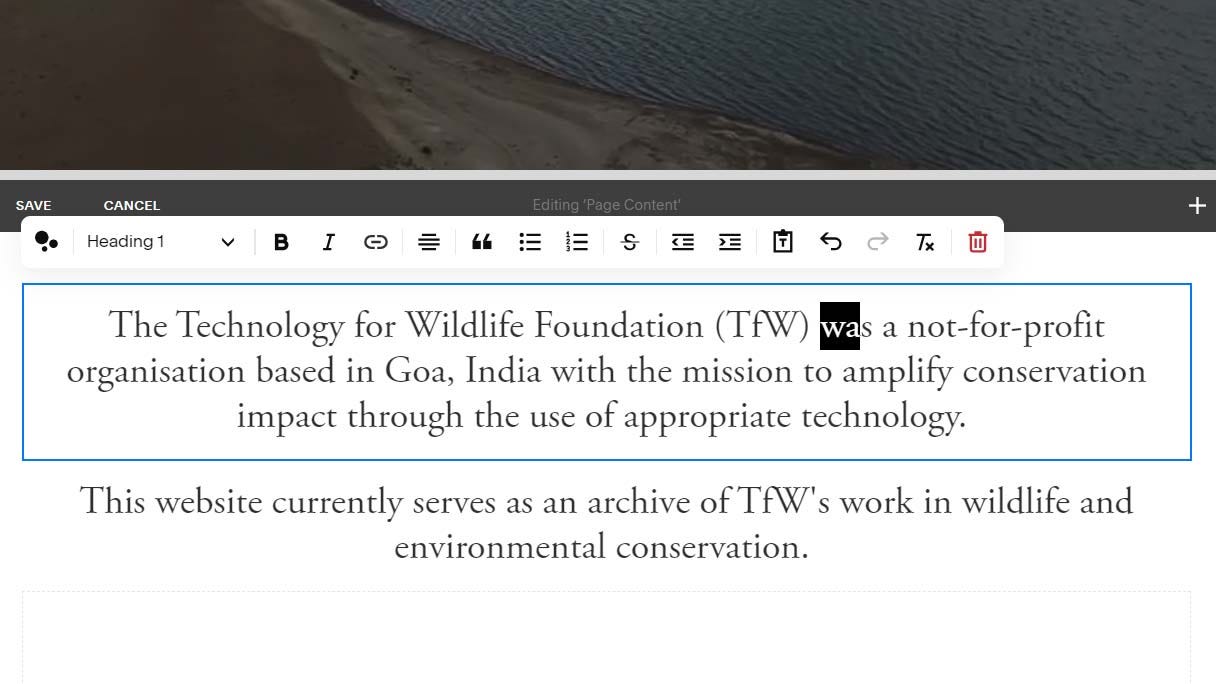I first learned of this structure in architecture school. It was an elaborate tomb designed for a Persian governor named Mausolus in Halicarnassus, now Bodrum, Turkey, around the 4th century BCE. This was so impressive that it gave the world the word ‘mausoleum,’ now used to describe this type of tomb architecture.
Its design and aesthetics were so awe-inspiring that it was listed as one of the Seven Wonders of the Ancient World.1 For starters, it featured 400 freestanding sculptures and stood a towering 45 metres tall. Though it was eventually destroyed by successive earthquakes between the 12th and 15th centuries, it survived for nearly a millennium. In other words, for almost ten centuries, this monumental structure allowed people to learn, observe, and understand its design and craftsmanship. However, what struck me the most, beyond its architecture and design, was the legacy it sought to preserve.

Mausolus governed for 24 years before passing away, leaving his family to take over. As the principal force behind the development of a new capital in Halicarnassus, he also designed his own tomb, and after his death, his family continued overseeing its construction. Unfortunately, his successors followed him in death shortly after, leaving the project without direct leadership. In modern-day construction practice, this would have meant the project coming to an immediate halt, the site abandoned and overtaken by the unknown, soon to be lost to oblivion. Yet the opposite happened back in 4th century, the architects and sculptors persisted, motivated by the importance of the work itself. This is an incredible piece of history given that the Mausoleum was remarkable not only for its sheer scale but for its artistic details.
According to the historian Pliny the Elder, the craftsmen decided to stay and finish the work after the death of their patron "considering that it was at once a memorial of his own fame and of the sculptor's art''.[citation needed]23
The Mausoleum at Halicarnassus stood the test of time because the people involved in its construction continued their work, even after losing their patrons. The level of sacrifice and effort required for this work goes beyond financial capital. This was not only a testament to Mausolus but also a reflection of the incredible pride and belief in one’s work that ensured the design was not left unfinished. In many ways, this resonates with the work we’re doing now.
Our work in conservation, research, and community advocacy has been meaningful, and as we prepare to wrap up the organisation, the challenge is to ensure that the essence of what we’ve built endures. It’s not easy to close something you’ve poured yourself into, but the task now is about preserving its legacy as well. It’s been an emotional journey, organising data, finding old contracts, and piecing together the story of our work. This process feels like building a monument of sorts, not of stone, but of memories, data, and stories. Each document, each image, each note we add is like placing another stone to the structure.
As our organisation transitions, we’re also documenting everything we can; our learnings, our experiences, and our knowledge. It’s not just for us but for the people who will one day look at this archive and understand the work we did, possibly build on it. For the last few years, we’ve taken the best ideas, tools, and practices available, blended them with our own ethos, and now the challenge is to package all of this in a way that is accessible in the future.
Part of this is also visibly proclaiming we are doing so. Today, one moment struck hard, and it felt best to write this and share.4
Today, I updated the homepage of our website—just one word, but it carried so much weight. From ‘is’ to ‘was.’5 Such a small change, but it felt monumental because of the finality of it. It made me sad. 'Sad enough' that I sat with it for a bit and stared. The decision to close the organisation was a well-thought-out one and the most rational choice. We have been working on this for nearly the last six months. But it’s not a bad ending or failure; it’s a reflection of our collective effort in facing the absurdity of reality. That, in itself, is brave of everyone involved.
I went back to the notion of why we are doing this and what lies ahead. Our digital mausoleums backup will soon hold all of our work (as data+ media). Our work will soon be part of the past, but the legacy will live on the world wide web and in this digital archive we’re building. We’re doing everything possible to ensure that those who come after us can understand our journey, our challenges, and our triumphs. This has only been possible because of the immense support we have as a team from our collaborators and my colleagues, who believe in the work in the same spirit as one another. As far as I am aware, this is a one-in-a-gazillion chance to be able to do this.
This archive is not just about preserving our work for the sake of history; it’s about honouring the effort, the sacrifice, and the time that went into creating a meaningful impact. We’re closing the doors, but at the same time, we’re working on leaving them open for those who want to step inside, look around, and understand what we built. My hope is that this archive serves like the Mausoleum, perhaps one day becoming a window into our world, a place where people can learn, reflect, and be inspired to carry on this work.
#TIL: As identified by Sidon: whom I had to look up!
One of his poems gives one of the earliest known lists of the Seven Wonders of the Ancient World-
I have set eyes on the wall of lofty Babylon on which is a road for chariots, and the statue of Zeus by the Alpheus , and the hanging gardens , and the Colossus of the Sun , and the huge labor of the high pyramids , and the vast tomb of Mausolus ; but when I saw the house of Artemis that mounted to the clouds, those other marvels lost their brilliancy, and I said, "Lo, apart from Olympus, the Sun never looked on aught so grand."
I'm generally wary of relying on Wikipedia, even with citations, but this particular note was clearly something I wanted to believe back in 2014, and I still do today.
Grateful to the 2014 version of myself, who pulled this quote from the Wikipedia article with limited internet connectivity and saved it in Evernote.
One of my favourite notes on writing comes from my colleague, SS, who said that these are just notes for your future self, something that I’ve come to realise is true time and again.
This was reverted back to ‘is’ in the days following. The Foundation will continue to exist and so will the new archive, the projects and allied activities of the organisation however have been wrapped up.




